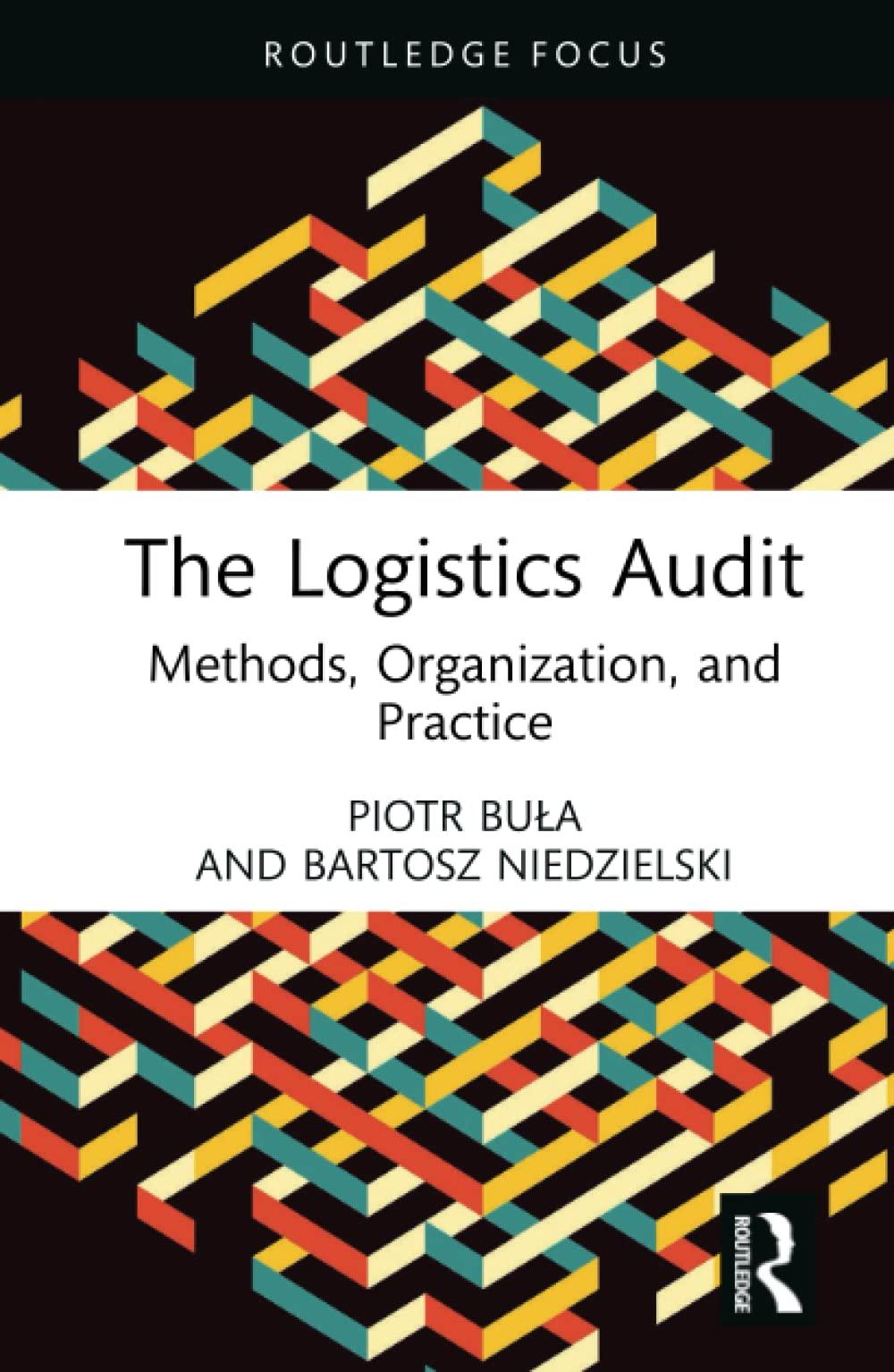
Hon 0 MA 0 Ema Ema Hon @ Hor Hon 202 202 MA C Prin Get * Pre M Inbc M (no Akh diff Mar A Act Par New Tal G trac + Dov + File /Users/amaljose/Downloads/2020MLC703assignment.pdf Ken entered into a contract to purchase two retail store premises in June 2003. The cost of each was $300,000, with stamp duty of $20,000 each. Settlement was during August 2003. He used these retail premises (which had been previously unoccupled) to commence a business that sold furniture to the public. During the time that Ken owned the store, they each had an annual aggregated turnover of approximately $3 million. . During November 2019, Ken, who was 53 at the time, wanted to have more spare time and not carry on a business anymore. He had found that although his turnover was high, after costs his profits were very modest. As a result, he entered into the following contract with Jane: The first of the two furniture premises was to be sold to Jane for $1,200,000, and the goodwill attached to it sold to Jane for $400,000 The second store was to be rented to Jane for a two year lease with an option to renew for another two year period). Rent was set at $2,000 a month, with an upfront lease premium of $25,000 payable. Jane was to pay Ken $200,000 to not compete with her for the following 3 years. At the time of the November 2019 contract, Ken owned the following assets: Full ownership of a main residence in Hawthorn, worth $3 million. $ 42% ownership of a company called Pl Pty Ltd, which invests in rural properties. The total market value of PI Pty Ltd was $300,000 80% share on an investment property (Ken's cousin owns the other 20%). The total value of the property was $500,000. It had a $300,000 mortgage over it. Superannuation worth $1.5 million. Shares in BHP worth $200,000, . An apartment in Kew (see below) On 1 December 2015 Ken had bought an apartment in Kew to live in. This cost him $400,000. After living in it for 2 years, on 1 December 2017, Ken bought and moved into his Hawthorn house (mentioned above), which he from that point on claimed as his main residence. At the time, his apartment in Kew was worth $500,000, which he immediately rented out. The Kew apartment was sold for $510,000 in December 2019. 4 Advise Ken as to the CGT consequences regarding the 2019-20 tax year. In doing so please discuss Ken's ability to utilise the CGT Small Business Concessions. Please also include a discussion of the Net Capital Gain made by Ken for the 2019-20 tax year. Hon 0 MA 0 Ema Ema Hon @ Hor Hon 202 202 MA C Prin Get * Pre M Inbc M (no Akh diff Mar A Act Par New Tal G trac + Dov + File /Users/amaljose/Downloads/2020MLC703assignment.pdf Ken entered into a contract to purchase two retail store premises in June 2003. The cost of each was $300,000, with stamp duty of $20,000 each. Settlement was during August 2003. He used these retail premises (which had been previously unoccupled) to commence a business that sold furniture to the public. During the time that Ken owned the store, they each had an annual aggregated turnover of approximately $3 million. . During November 2019, Ken, who was 53 at the time, wanted to have more spare time and not carry on a business anymore. He had found that although his turnover was high, after costs his profits were very modest. As a result, he entered into the following contract with Jane: The first of the two furniture premises was to be sold to Jane for $1,200,000, and the goodwill attached to it sold to Jane for $400,000 The second store was to be rented to Jane for a two year lease with an option to renew for another two year period). Rent was set at $2,000 a month, with an upfront lease premium of $25,000 payable. Jane was to pay Ken $200,000 to not compete with her for the following 3 years. At the time of the November 2019 contract, Ken owned the following assets: Full ownership of a main residence in Hawthorn, worth $3 million. $ 42% ownership of a company called Pl Pty Ltd, which invests in rural properties. The total market value of PI Pty Ltd was $300,000 80% share on an investment property (Ken's cousin owns the other 20%). The total value of the property was $500,000. It had a $300,000 mortgage over it. Superannuation worth $1.5 million. Shares in BHP worth $200,000, . An apartment in Kew (see below) On 1 December 2015 Ken had bought an apartment in Kew to live in. This cost him $400,000. After living in it for 2 years, on 1 December 2017, Ken bought and moved into his Hawthorn house (mentioned above), which he from that point on claimed as his main residence. At the time, his apartment in Kew was worth $500,000, which he immediately rented out. The Kew apartment was sold for $510,000 in December 2019. 4 Advise Ken as to the CGT consequences regarding the 2019-20 tax year. In doing so please discuss Ken's ability to utilise the CGT Small Business Concessions. Please also include a discussion of the Net Capital Gain made by Ken for the 2019-20 tax year







